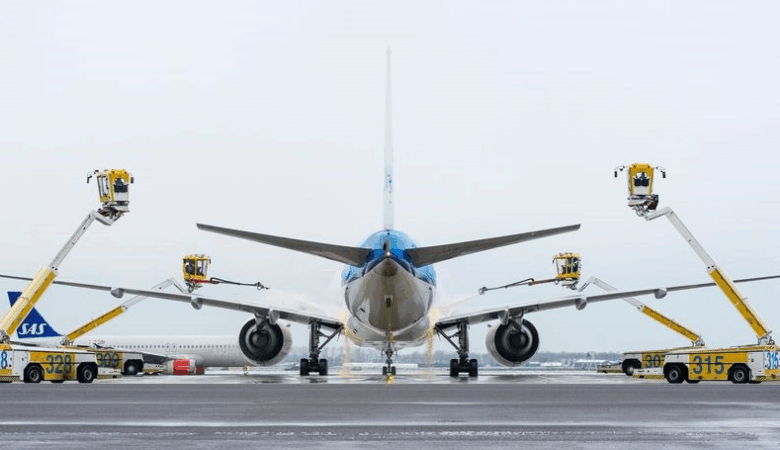British Airways has been grappling with persistent IT issues that have plagued its customer-facing website and mobile app for years. These problems are not only causing significant passenger dissatisfaction but are also leading to lost bookings, raising questions about the airline’s leadership and their commitment to resolving these technical challenges. Too say we’re fairly familiar with web- and mobile-based technology would be modest; one of us has been doing this for 20 years. So, let’s examine why BA tech is ablaze and question why the fires aren’t being extinguished.
Recent Incidents Highlighting IT Failures
In recent months, British Airways has faced several high-profile IT failures. In June 2023, a system outage caused massive disruption, leaving thousands of passengers stranded at airports worldwide. This incident was reminiscent of a major IT collapse in 2017, which resulted in over 75,000 passengers being affected and costing the airline an estimated £80 million. These recurring issues suggest a pattern of neglect and insufficient investment in robust IT infrastructure.

In October 2023, another IT glitch led to widespread delays and cancellations. Passengers reported being unable to check-in online or access their boarding passes via the mobile app. The inability to perform such basic functions severely impacts the customer experience and tarnishes the airline’s reputation. Despite these repeated failures, it appears that British Airways has yet to implement effective long-term solutions.

System Capacity and Technical Debt
The root of these problems seems to lie in the airline’s outdated IT systems and inadequate capacity planning. Industry experts have pointed out that British Airways’ systems are struggling to cope with the increased demand as travel rebounds post-pandemic. The airline’s IT infrastructure, which includes legacy systems that are difficult to maintain and upgrade, is clearly failing to meet the needs of modern air travel.
A key issue is the apparent lack of capacity to handle peak times. During major disruptions, such as strikes or adverse weather conditions, the systems frequently buckle under the pressure. This was evident in the chaos seen during the summer travel surge of 2023, where the website and app faced repeated outages, preventing passengers from accessing vital information and making changes to their bookings.
Disconnect Between Mobile and Web Experience
Another significant issue is the ongoing disconnect between the mobile and web experiences. Many users find that their app interactions end up redirecting them to a web page, often requiring multiple authentication attempts. This disjointed experience frustrates passengers and undermines the convenience that mobile apps are supposed to provide. The need for seamless integration between mobile and web platforms is critical, yet British Airways seems to be struggling to achieve this.

High Demand Errors Impacting Revenue
Even as we write this article, the British Airways website is displaying the dreaded “we’re experiencing high demand” message in response to holiday searches. This persistent issue not only frustrates potential customers but also clearly demonstrates the revenue that is inevitably being lost through this mess. The inability to handle high demand during peak booking times is a glaring example of the airline’s ongoing IT shortcomings. This specific issue requires an urgent tactical response, in addition to a strategic, longer term solution.

Leadership’s Role in Addressing IT Issues
These ongoing IT issues raise serious questions about British Airways’ leadership and its prioritisation of technology. The airline’s management has faced criticism for not investing sufficiently in upgrading IT systems and for failing to recruit and retain top IT talent. There seems to be a disconnect between the airline’s ambitions to be a leading global carrier and its ability to support these ambitions with reliable, cutting-edge technology.
The lack of decisive action to resolve these issues suggests either a failure to recognise the severity of the problem or an unwillingness to allocate the necessary resources. This complacency is costly, not only in terms of immediate financial losses from disrupted operations and compensation to passengers but also in long-term damage to the airline’s brand and customer loyalty.

British Airways’ persistent IT issues are a significant concern for passengers and IAG shareholders alike. The recurring nature of these issues highlights a leadership that appears out of touch with the operational realities and technological demands of modern air travel. For the airline to regain its stature and ensure a seamless travel experience, it must prioritise IT improvements and assemble a capable team dedicated to fixing these systemic problems. Until then, passenger dissatisfaction and lost bookings will continue to plague the airline, undermining its competitive position in the global market.





Leave a Reply